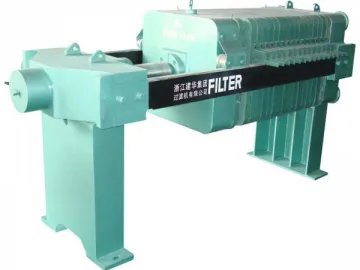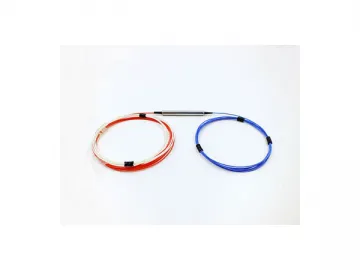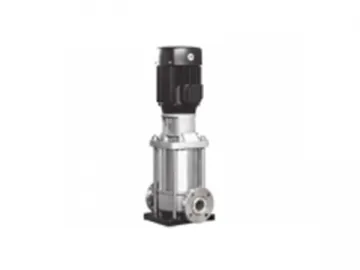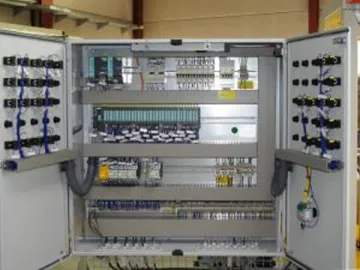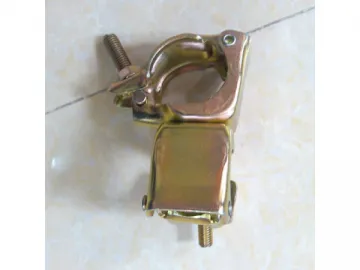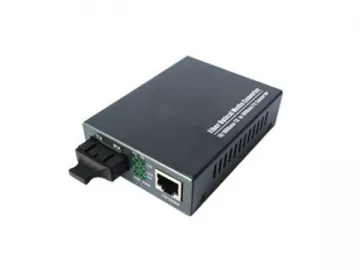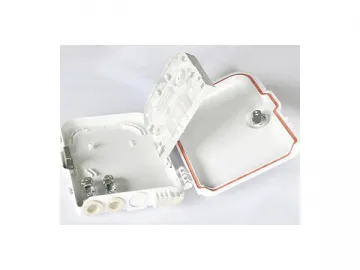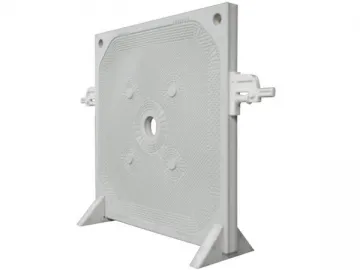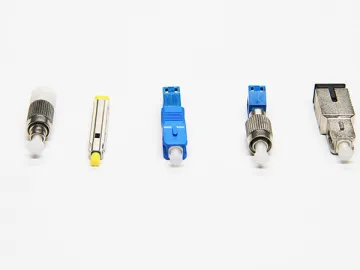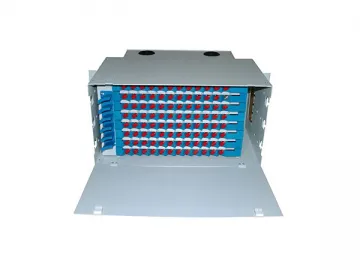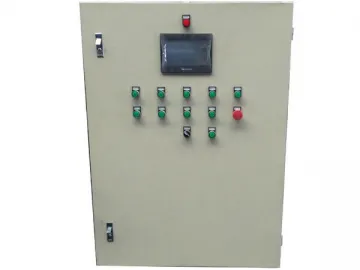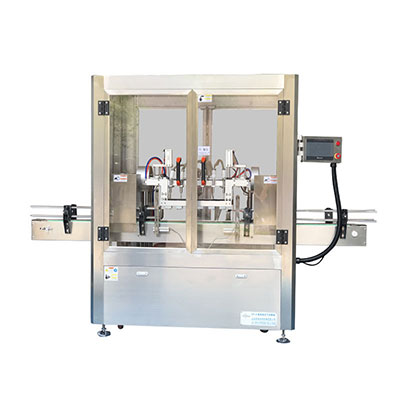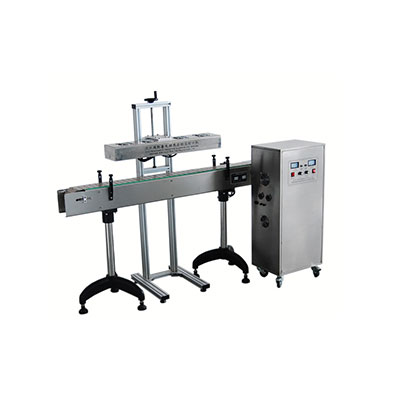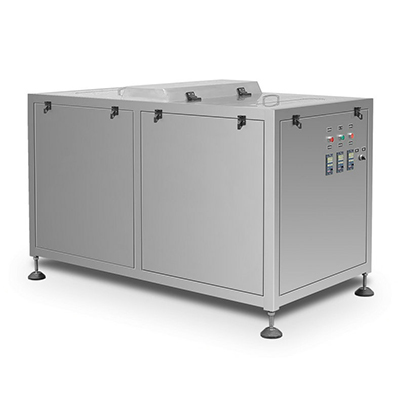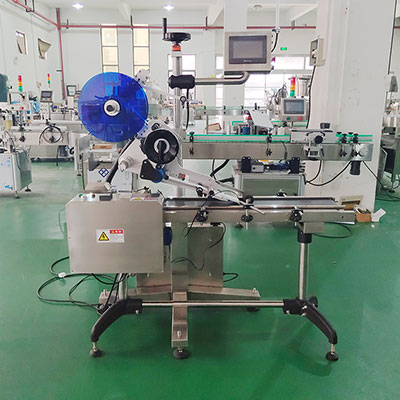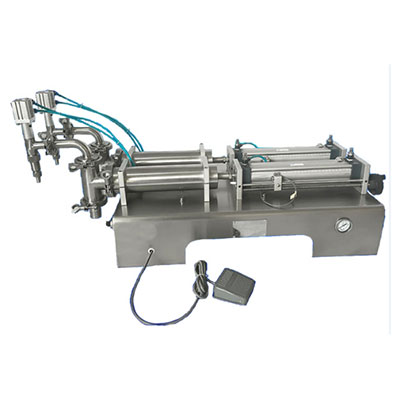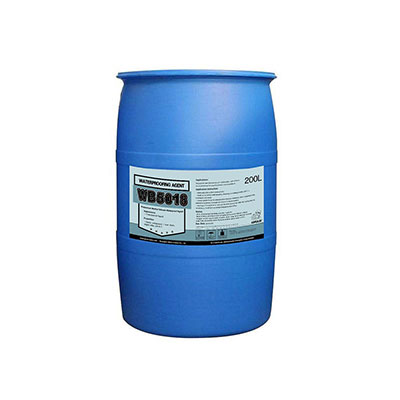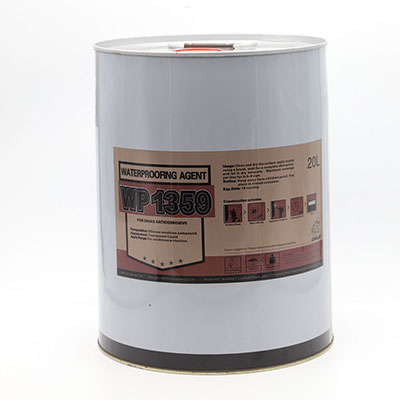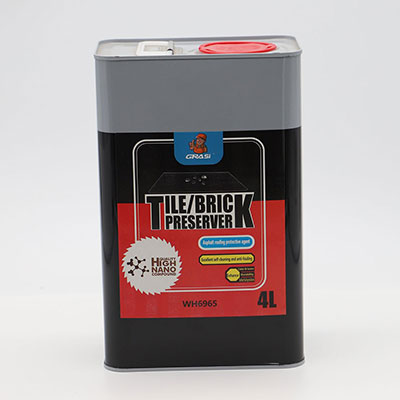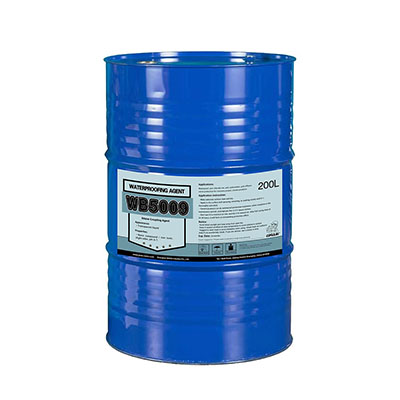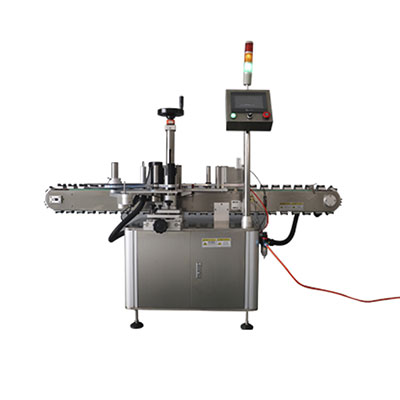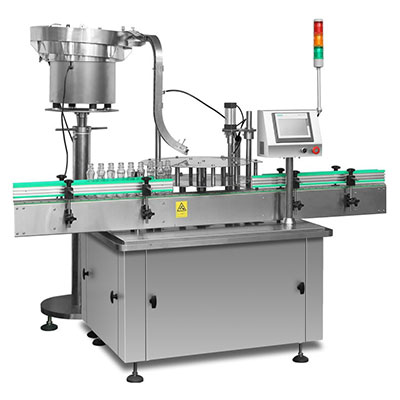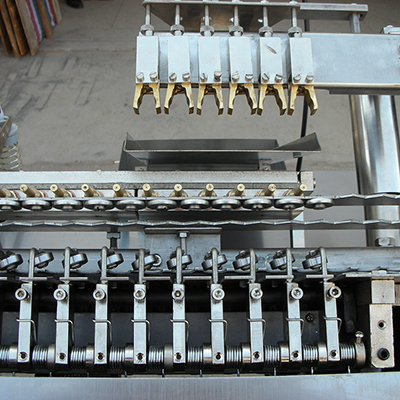Conveyors
Belt Conveyor
A belt conveyor system is only one type of many conveyor systems. The belt conveyor system consists of two or more pulleys (often referred to as drums) with an endless loop for the conveyor belt rotating around them. One or both of the pulleys are motorized, moving the belt and the material on the belt forward through the system. The motorized pulley is called a drive pulley, while an unmotorized pulley is often referred to as an idler pulley.
Today, conveyor belts to move different substances are made of different materials, most often PVC or rubber. The belt consists of one or more layers of material, though most often, belts for general material transfer consist of two layers. An under layer provides linear strength and shape called a carcass, and the upper (or over) layer is called the cover. The carcass is often a woven fabric with a warp and weft texture. Carcass materials are most often polyester, nylon and cotton, whereas covers are often more exotic materials such as silicon when the conveyor is transporting hot materials, or gum rubber when traction is essential. A conveyor belt can function as a slide, controlled through gravitational force.
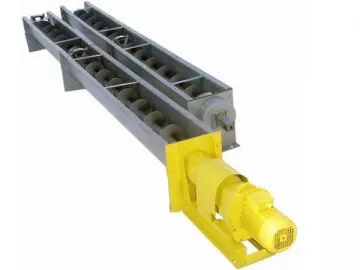
A screw conveyor, also called an auger conveyor, is a mechanism that uses a rotating helical screw blade, called a flightling, (most often located inside the tube) to move liquid or granular materials. They are used in bulk handling industries, and are often used horizontally or at a slight incline to efficiently move semi-solid materials, including food waste, wood chips, aggregates, cereal grains, animal feed, boiler ash, meat and bone meal, municipal solid waste, and more.
The screw conveyor typically consists of a trough or tube containing either a spiral blade coiled around a shaft and driven at one end while being held at another, or a shaftless spiral, which is driven at one end and free at the other. The rotating portion of the conveyor is also called an auger. The volume transfer rate is proportional to the rotation rate of the shaft. In industrial control applications, the screw conveyor is most often used as a variable rate feeder by varying the rotation rate of the shaft to deliver a measured rate or quantity of material into a production process.
Screw conveyors can be operated with the material flow inclined in an upwards manner. When space allows, this is an economical layout for elevating and conveying. As the angle of inclination increases, the capacity of a given unit rapidly decreases.
Links:https://globefindpro.com/products/55069.html
